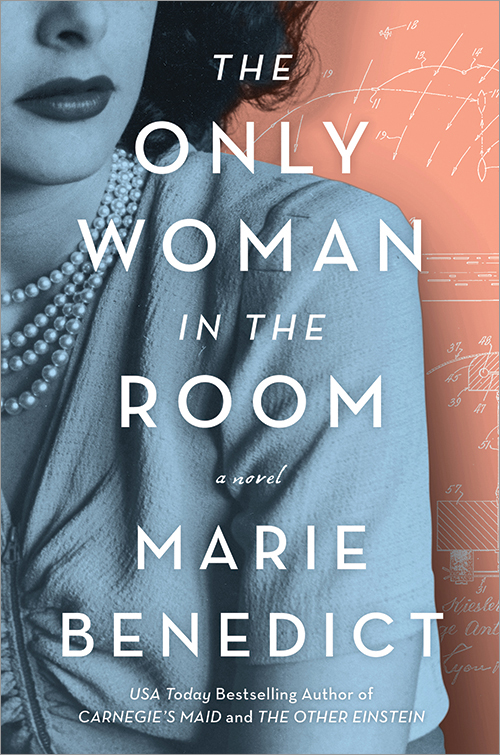Wish You Were Here by Stewart O’Nan
Wish You Were Here is a book I have reularly recommended to customers since it was published in 2002. It was the first book by Stewart O’Nan about the Maxwell family. The third, Henry, Himself will be released this spring. The second, Emily, Alone, was published in 2011 and you will find a review I wrote that year on our website.
After reading an advance copy of Henry, Himself I decided to re-read Wish You Were Here, and loved it all over again. After almost twenty years I found, of course, that I brought to this books a different reader. When I read this novel in 2002 I identified more with the middle aged adult children – this time I felt much more in common with the oldest generation of the Maxwell family, the widow, Emily, and her sister-in-law, Arlene.
The family is meeting for one last time at their summer home, a cottage on Lake Chautauqua, a place they have been going all of their lives. But, Emily has decided to sell the cottage and has asked her children and grandchildren, and Arlene, to come for a week and take what they most value before the cottage is sold.
The children are Margaret, “Meg”, mother of Sarah and Justin, and Kenneth, “Ken”, his wife Lise, and their children, Ella and Sam. Margaret is in the midst of a divorce from her husband and father of her children, Jeff. This is the first time Meg has been at the cottage without her husband. One first of many.
The girls are young teenagers and the boys are younger. The siblings see each other only for major holidays but feel a closeness based on nostalgia and genuine love. This week will be a week of remembrance; their father’s presence felt by all of them, but also his death an intense loss. There is memory everywhere for all of them. For Emily, “All those summers were gone, but how sharply – just now – she could recall them….It was why they came here every year, she supposed, this feeling of eternity and shelter.”
Every member of this family is at place of change. Kenneth in his career, Margaret at the end of her marriage, the teenage girls growing into young women, the boys leaving young childhood behind, Arlene trying to find ways to fill her days now that she is retired, and Emily of course adjusting to life without Henry. Even Emily’s old dog, Rufus, who is nearing the end of his life, senses change. Every one of them would like to keep this cottage, keep this place in their lives, but Emily does not want the worry and her children cannot afford to look after it for her. It is with profound regret but also some relief to say goodbye.
They pack a lot into a week, and we share it all. When all is done, everything said that could be said, they disburse. Emily comes home to Pittsburgh, to the house where she and Henry raised their family, “Back to Reality” she says to herself and Rufus.





![9781443124430[1].jpg](https://images.squarespace-cdn.com/content/v1/526c195be4b0931c94021c10/1547649790287-2CEYSSR4R6Y99BGJ61FM/9781443124430%5B1%5D.jpg)